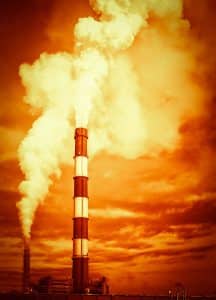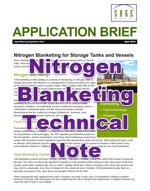There are three applications for thermal mass flow meters that support industrial furnaces and smelters in metal production (steel industry), including air/fuel, flue, and stack gas monitoring, and argon, nitrogen, and oxygen measurement.
-
- Furnaces – air and fuel, flue and stack gas monitoring
- Argon and nitrogen for tank blanketing and stirring
- Air/fuel ratio control on the furnace

Air / Fuel / Flue / Stack Gas Monitoring
Furnaces are used in various industries and facilities, including metals. When using an industrial furnace in manufacturing, air/fuel monitoring, flue, and stack gas monitoring are often needed and satisfied with thermal mass flow meters.
Measure Gas Flows
Different gases are used in metal production, including natural gas, oxygen, chlorine, argon, and nitrogen. Minimum gas flow is often needed in these processes, and thermal mass flow meters often work well in these applications. Additionally, lower gas usage can affect product quality, and thermal mass flow meters measure gas flows to ensure the optimum amount of gas utilized.
Argon & Nitrogen for Blanketing and Stirring

Argon and Nitrogen are also used for bottom stirring in metal products, and pressure monitoring of these gases is needed to obtain the proper mix for optimum steel quality.
Air/Fuel Ratio Control on Furnace
Stoichiometric ratio control on furnaces in the smelting process of metals is critical to product quality. Sage meters provide optimal control in furnace air/fuel ratio control loops in conjunction with oxygen monitoring.
If you would like more information, see:
Steel – An Industry Guide for Thermal Mass Flow Meters

